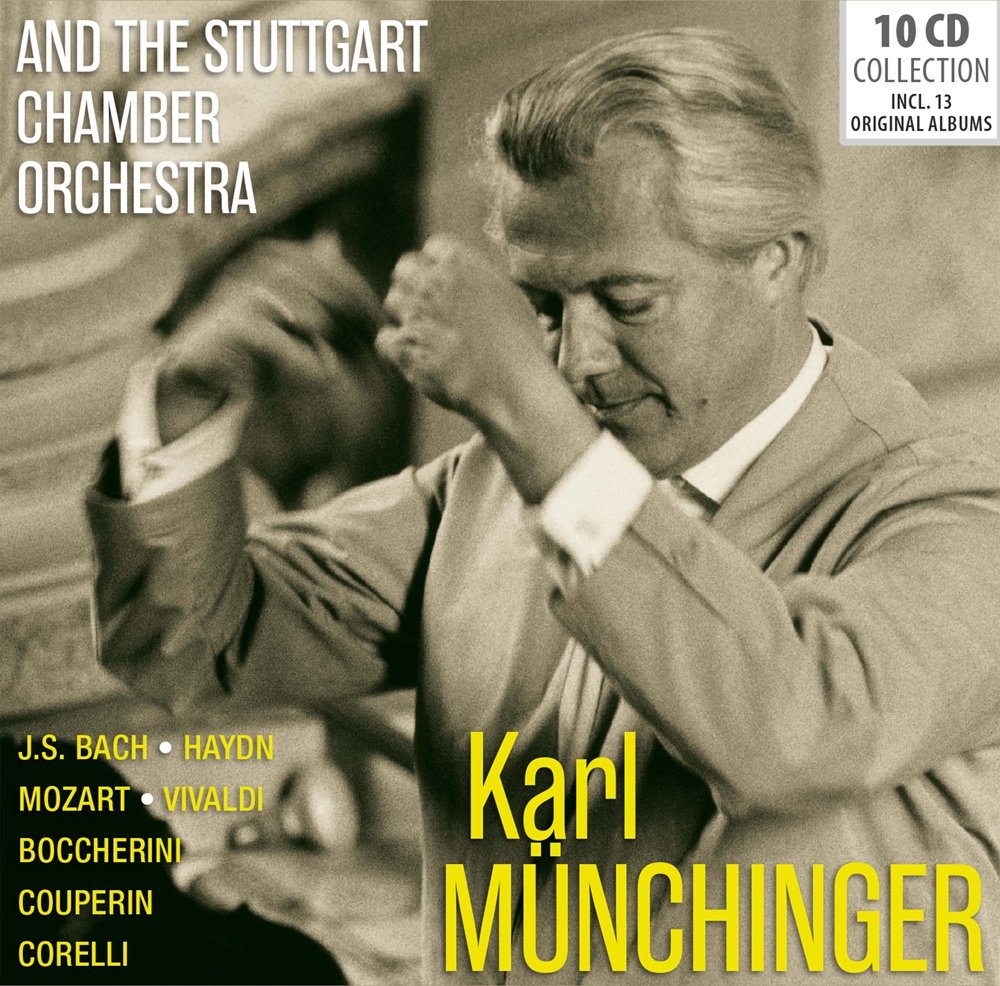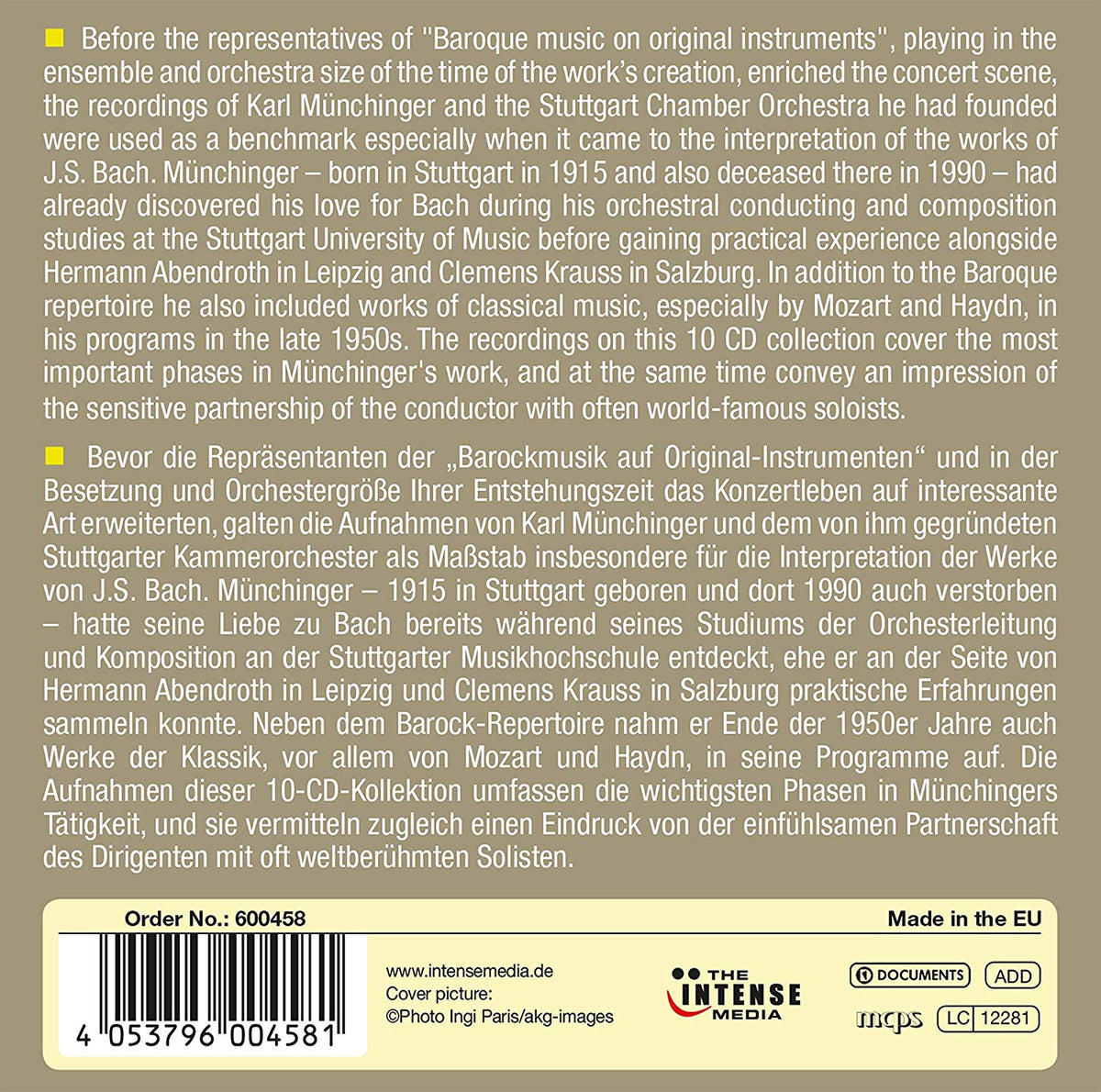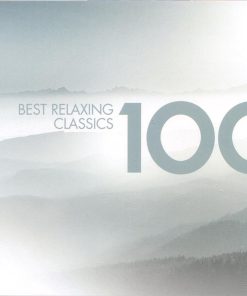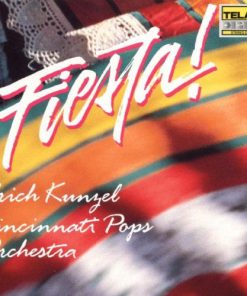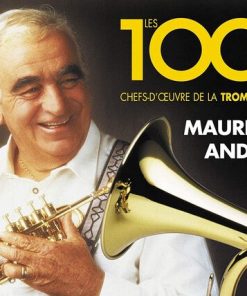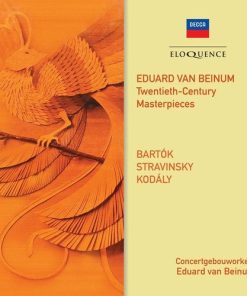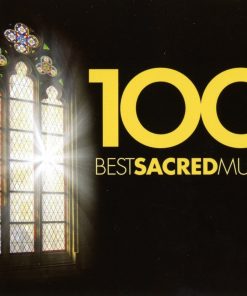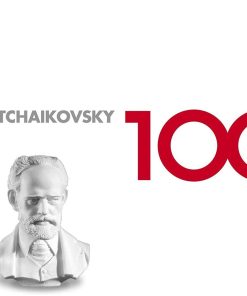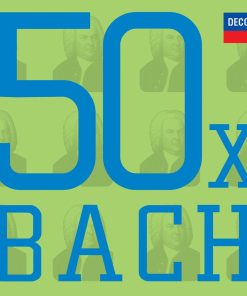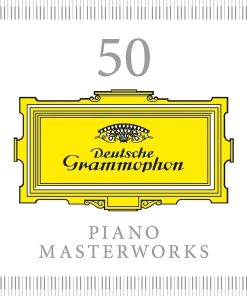KARL MUNCHINGER: MILESTONES OF A LEGEND (10 CDS) DOCUMENT
$ 19,99 $ 11,99

Before the representatives of “Baroque music on original instruments”, playing in the ensemble and orchestra size of the time of the work’s creation, enriched the concert scene in a truly interesting way, the recordings of Karl Münchinger and the Stuttgart Chamber Orchestra he had founded were used as a benchmark especially when it came to the interpretation of the works of J.S. Bach. Münchinger – born in Stuttgart in 1915 and also deceased there in 1990 – had already discovered his love for Bach during his orchestral conducting and composition studies at the Stuttgart University of Music before gaining practical experience alongside Hermann Abendroth in Leipzig and Clemens Krauss in Salzburg. In addition to the Baroque repertoire he also included works of classical music, especially by Mozart and Haydn, in his programs in the late 1950s. The recordings on this 10-CD collection cover the most important phases in Münchinger’s work, and at the same time convey an impression of the sensitive partnership of the conductor with often world-famous soloists.

Bach: Orchestral Suite No. 1 In C Major, BWV 1066 – Overture
Courante
Gavotte I-II
Forlane
Menuett I-II
Bourree I-II
Passepied I-II
Bach: Orchestral Suite No. 2 In B Minor, BWV 1067 – Overture: Lentement
Rondeau
Sarabande
Bourree I-II
Polonaise
Menuett
Badinerie
Bach: Orchestral Suite No. 3 In D Major, BWV 1068 – Overture: Vite
Air
Gavotte I-II
Bourree
Gigue
Bach: Orchestral Suite No. 4 In D Major, BWV 1069 – Overture
Bourree I-II
Gavotte
Menuett I-II
Rejouissance
Bach: Jauchzet Gott In Allen Landen, BWV 51 – I. Arie: Jauchzet Gott in allen Landen
II. Recitativ: Wir beten zu dem Tempel an
III. Arie: Hchster, hchster mache deine Gte ferner alle Morgen neu
IV. Chorale: Sei Lob und Preis mit Ehren
V. Arie: Alleluja
Bach: Weichet Nur, Betrbte Schatten, BWV 202 (Wedding Cantata/Hochzeitskantate) – I. Adagio: Weichet nur, betrbte Schatten
II. Recitativ: Die Welt wird wieder neu
III. Arie: Phbus eilt mit schnellen Pferden
IV. Recitativ:
V. Arie: Wenn die Frhlingslfte streichen
VI. Recitativ: Und dieses ist das Glcke
VII. Arie: Sich ben im Lieben
VIII. Recitativ: So sei das Band der keuschen Liebe
IX. Gavotte: Sehet die Zufriedenheit
Bach: Brandenburg Concerto No. 1 In F Major, BWV 1046 – I. Allegro
II. Adagio
III. Allegro
IV. Minuetto: Trio I. Polacca. Minuetto, Trio II
Bach: Brandenburg Concerto No. 2 In F Major, BWV 1047 – I. Allegro moderato
II. Andante
III. Allegro assai
Bach: Brandenburg Concerto No. 3 In G Major, BWV 1048 – I. Allegro
II. Adagio. III. Allegro
Bach: Brandenburg Concerto No. 4 In G Major, BWV 1049 – I. Allegro
II. Andante
III. Presto
Bach: Brandenburg Concerto No. 5 In D Major, BWV 1050 – I. Allegro
II. Affettuoso
III. Allegro
Bach: Brandenburg Concerto No. 6 In B Flat Major, BWV 1051 – I. Allegro moderato
II. Adagio ma non troppo
III. Allegro
Vivaldi: The Four Seasons – Spring Rv 269 – I. Allegro
II. Largo
III. Allegro
Vivaldi: The Four Seasons – Summer, Rv 315 – I. Allegro non molto. Allegro
II. Adagio
III. Presto
Vivaldi: The Four Seasons – Autumn ,Rv 293 – I. Allegro
II. Adagio molto
III. Allegro
Vivaldi: The Four Seasons – Winter, Rv 297 – I. Allegro non molto
II. Largo
III. Allegro
Vivaldi: Cello Concerto In E Minor – I. Largo
II. Allegro
III. Largo
IV. Allegro
Boccherini: Cello Concerto No. 9 In B Flat Major, G. 482 – I. Allegro moderato
II. Adagio non troppo
III. Rondo: Allegro
Couperin: Pieces En Concert ‘Les Gouts Reunis’ – I. Prelude
II. Sicilienne
III. La Tromba
IV. Plainte
V. Air de diable
Corelli: Concerto Grosso No. 8 In G Minor, ‘Christmas Concerto’ – I. Vivace-Grave. Allegro
II. Adagio. Allegro. Allegro
III. Vivace
IV. Allegro. Largo
Mozart: Scene For Soprano, Violin And Orchestra, K 490 ‘Non temer, amato bene’
Basta vincesti…Ah non lasciani K 295a (486a)
Mozart: Piano Concerto No. 9 In E Flat Major, ‘Jenamy’, K. 271 – I. Allegro
II. Andantino
III. Rondeau: Presto. Menuetto. Presto
Mozart: Divertimento In D Major, K. 136 – I. Allegro
II. Andante
III. Presto
Haydn: Cello Concerto No. 2 In D Major – I. Allegro moderato
II. Adagio
III. Rondo: Allegro
Mozart: Piano Concerto No. 15 In B Flat Major, K. 450 – I. Allegro
II. Andante
III. Allegro
Mozart: Violin Concerto No. 3 In G Major, K. 216 – I. Allegro. Cadenza. Tempo I
II. Adagio. Cadenza. Tempo I
III. Rondo (Allegro. Andante. Allegretto. Tempo I)
Mozart: Violin Concerto No. 7 In E Flat Major, K. 268 – I. Allegro moderato
II. Un poco adagio
III. Rondo. Allegretto
Mozart: Eine Kleine Nachtmusik, KV 525 – I. Allegro
II. Romanze. Andante
III. Menuetto. Trio (Allegretto)
Rondo: Allegro
Fast Shipping and Professional Packing
Due to our longstanding partnership with UPS FedEx DHL and other leading international carriers, we are able to provide a range of shipping options. Our warehouse staff are highly trained to pack your goods exactly according to the specifications that we supply. Your goods will undergo a thorough examination and will be safely packaged prior to being sent out. Everyday we deliver hundreds of packages to our customers from all over the world. This is an indication of our dedication to being the largest online retailer worldwide. Warehouses and distribution centers can be located in Europe as well as the USA.
Orders with more than 1 item are assigned processing periods for each item.
Before shipment, all ordered products will be thoroughly inspected. Today, most orders will be shipped within 48 hours. The estimated delivery time is between 3-7 days.
Returns
The stock is constantly changing. It's not entirely managed by us since we are involved with multiple parties such as the factory and our storage. The actual stock can fluctuate at any time. Please understand it may happen that your order will be out of stock when the order is placed.
Our policy is valid for 30 days. If you haven't received your product within 30 days, we're not able to issue either a return or exchange.
You are able to return a product if it is unused and in the same condition when you received it. It must also still remain in the original packaging.
